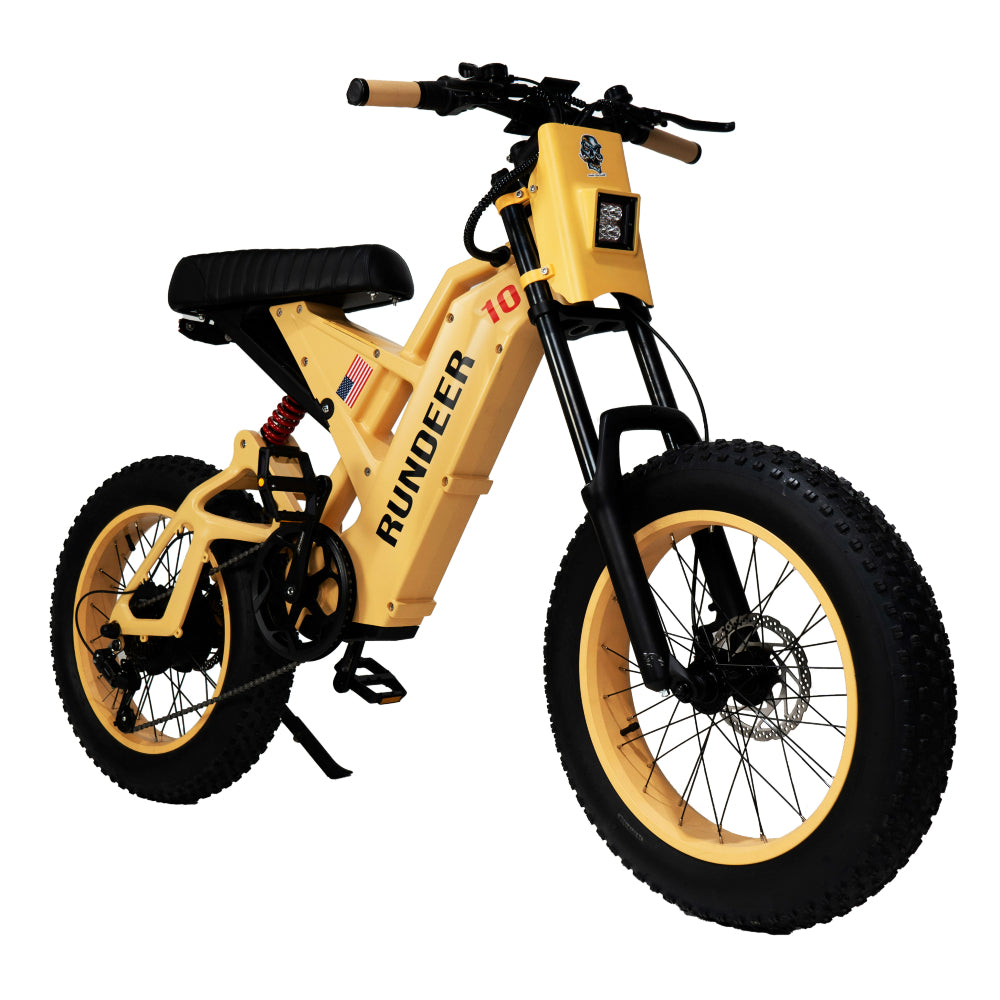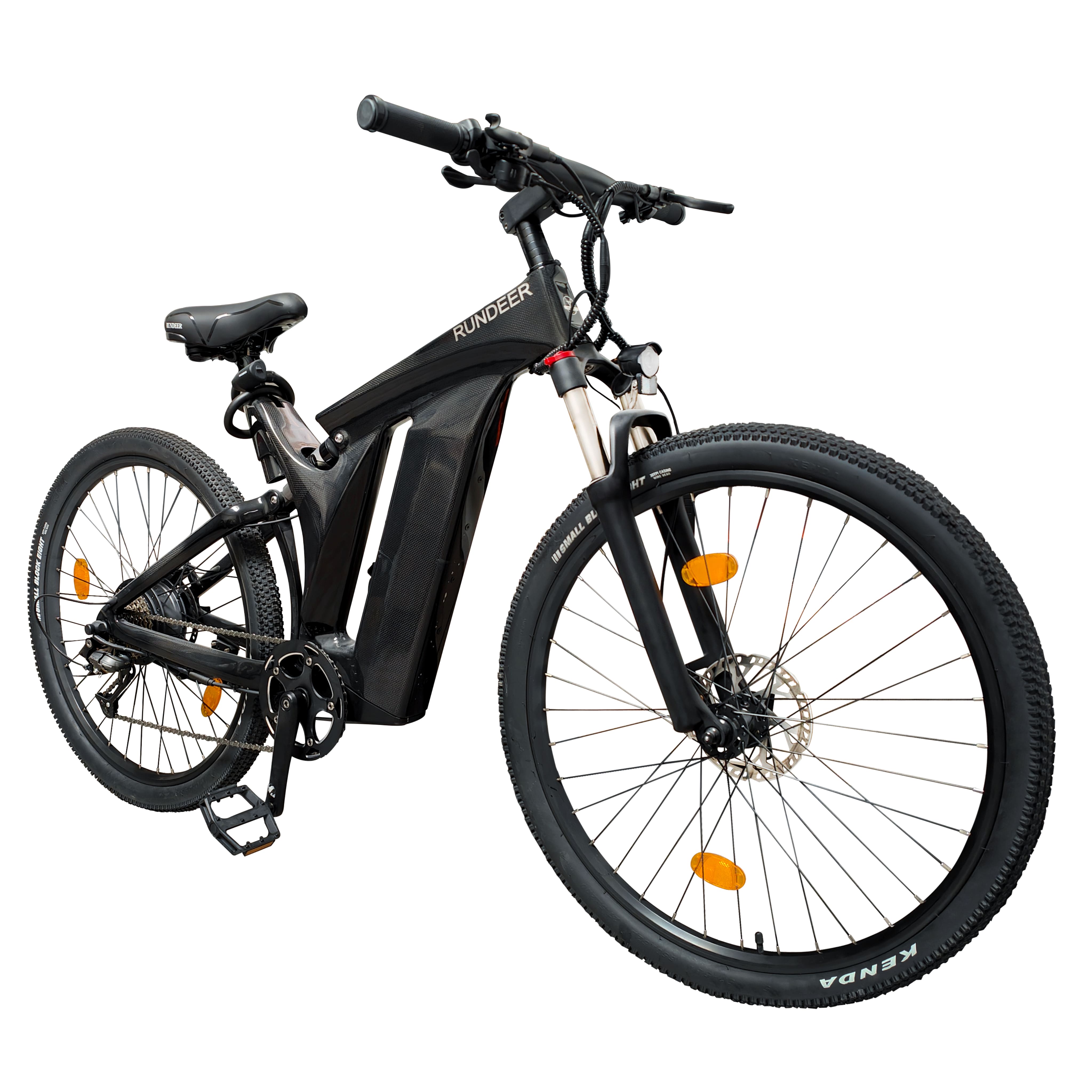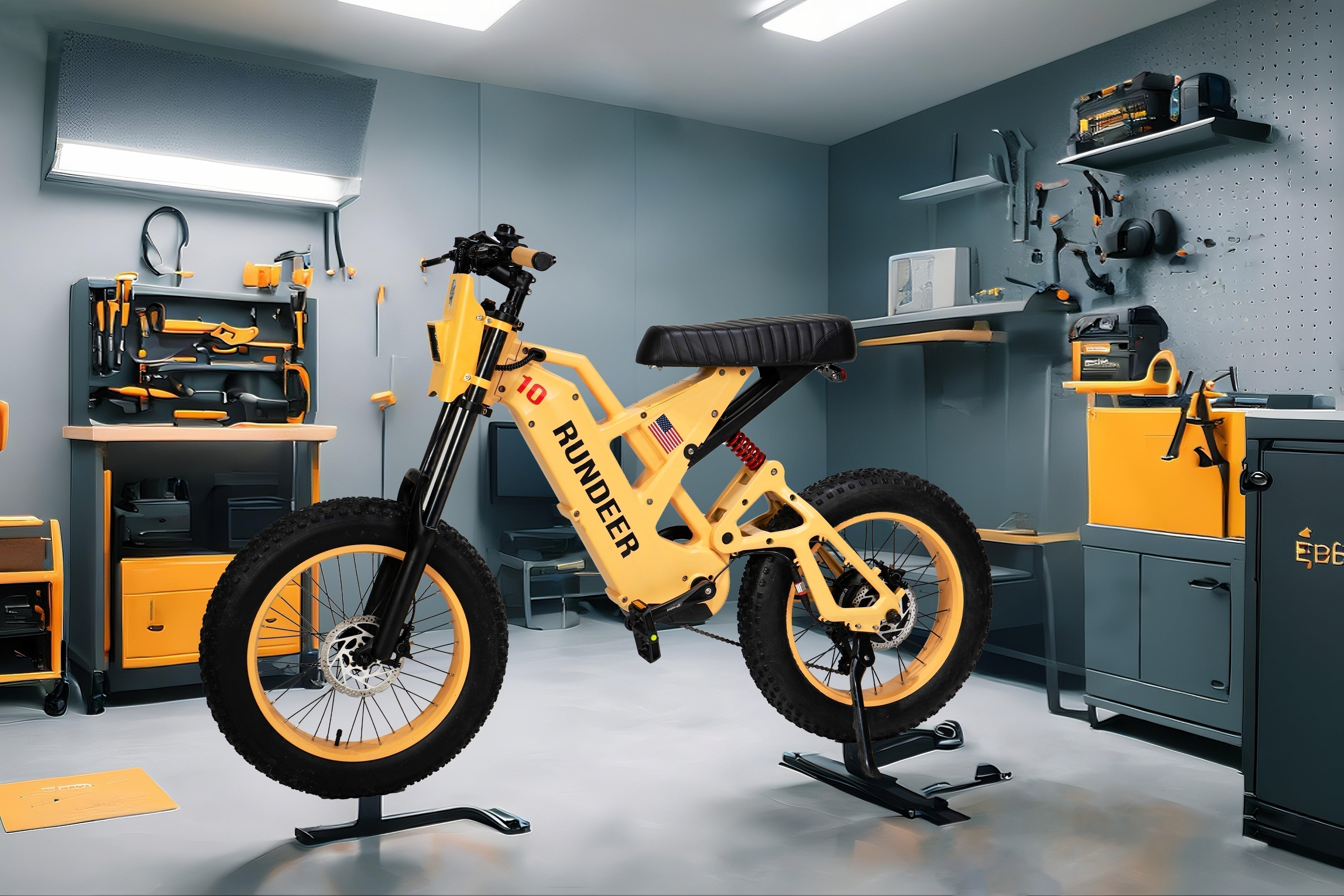Electric off-road cycling is now a leading fad in recent years, drawing outdoor recreationists' interest in the perfect blend of technology and experience. Whether you're looking to cruise scenic backcountry trails, navigate technical single tracks, or simply enjoy nature from a new perspective, learning off-road e-biking skills opens up a whole new world of fun possibilities. This guide will walk you through the essential techniques, safety considerations, and practice techniques to empower you to take on any trail with confidence.

An Overview of Off-Road Electric Bikes
- Off-road electric bikes represent the best union of traditional mountain biking and modern electric car technology.
- Heavy-duty devices designed to deal with the brutality of off-road surfaces and still provide electric assist are these.
- New bike riders are particularly drawn to the manner in which the electric help helps overcome first-fitness obstacles while providing an authentic outdoor ride.
- The electric component never diminishes the adventure—it enhances it so riders can travel farther and ride tougher trails.
Components and Functions
🔋 Power System:
- Motor power: 250W to 750W
- Higher wattage = more torque for steeper climbs
- Mid-drive motors offer better weight distribution and natural riding feel
⚡ Battery Features:
- Capacity: 400-700Wh
- Range: 20-60 miles (terrain/rider dependent)
- Advanced models feature regenerative braking technology
What to Check Before Off-Road Electric Bike Driving
Pre-ride Checklist
SAFETY FIRST:
- Check your bike before every significant ride
- Notice parts that are subject to most stress on off-road adventures
- Inspect all bolts and quick-release fittings are tight and secure
- Handle handlebars, stem, and seat post with special care
E-Bike Battery and Motor
✓ Battery Check:
- Verify full charge or sufficient capacity for planned route
- Leave reserve power for unplanned detours
- Become familiar with battery status indicators
- Carry a spare battery for extended distance rides
✓ Motor Testing:
- Test responsiveness in each assistance level while stationary
- Listen for unusual noises that might indicate mechanical issues
Tire Inspection
✓ Pressure Points:
- Off-road riding requires lower pressures (20-30 PSI)
- Adjust based on rider weight and terrain
- Lower pressure = better traction on loose surfaces
✓ Tread Check:
- Examine pattern and condition
- Look for worn sections or debris impact
- Consider carrying tubeless tire repair kits
What Are Off-Road Electric Biking Driving Skills?
Essential Riding Techniques
BODY POSITIONING:
- Maintain dynamic stance that adjusts to terrain changes
-
Master the "attack position": Standing on level pedals
- Knees and elbows bent
- Core engaged
- Weight centered
WEIGHT DISTRIBUTION:
- Climbing: Shift weight forward for front wheel traction
- Descending: Move weight backward to prevent going over handlebars
- Maintain enough front wheel weight for steering control
Braking and Balance
BRAKING TECHNIQUE:
- Modulate both brakes independently
- Front brake: Primary stopping power
- Rear brake: Stabilization
DESCENT CONTROL:
- Avoid continuous brake application ("death grip")
-
Practice "brake pumping": Apply brakes in short bursts between obstacles
- Release when traction is needed
- Prevents wheel lockup on loose surfaces
Cornering Strategies
VISION TECHNIQUE:
- Look through the corner to your exit point
- Focus on where you want to go, not obstacles
APPROACH METHOD:
- Reduce speed before entering turns, not during
- Flat corners: Outside pedal down with pressure
- Bermed corners: Maintain neutral position relative to the angled ground
What Should You Pay Attention To When Driving An Off-road Electric Bicycle?
Safety Considerations
ESSENTIAL GEAR:
- Helmet (non-negotiable)Gloves
- Eye protection
- For technical riding: knee pads, elbow guards, body armor
POWER MANAGEMENT:
- Understand torque delivery characteristics
- Practice smooth power application
- Beware of wheel spin or unexpected wheelies on steep sections
Environment Awareness
📌 TRAIL READING:
- Scan ahead for obstacles, surface changes, and hazards
- Prepare for challenges before reaching them
- Reduce reliance on last-moment reactions
📌 VISIBILITY CONCERNS:
- Exercise caution in limited visibility areas
- Slow down near blind corners or crests
- Anticipate other trail users or unexpected obstacles
Pedal Safety
🔄 PEDAL STRIKE PREVENTION:
- Time pedal strokes through rocky sections
- Keep pedals level when navigating technical terrain
- Consider shorter crank arms for persistent strike issues
How to Learn Off-Road Riding Strategies
Develop Effective Strategies
ROUTE SELECTION:
- Match trails to current skill level
-
Understand trail rating systems: Green: Beginner
- Blue: Intermediate
- Black: Advanced
PREPARATION:
- Research trails before first rides
- Review detailed information about conditions and features
- Check recent reports from other riders
Practice Speed Control and Obstacle Handling
MOMENTUM MANAGEMENT:
- Maintain controlled speed through technical sections
- Sometimes faster is better (wheels roll over obstacles)
- Always ride within your skill level
OBSTACLE TECHNIQUES:
-
Practice "push-pull" technique for logs/rock gardens: Push bike forward into obstacle
- Pull up to lift front wheel
- Shift weight forward to lift rear wheel
- Use electric assistance to maintain momentum
Ride Your Off-Road Electric Bike Regularly
FREQUENCY MATTERS:
- Plan regular rides that work with your schedule.
- Consistency over time.
- Short, frequent rides are a good way to improve skills.
FOCUSED PRACTICE:
- Set aside dedicated time to work on specific skills.
-
Use wide, open spaces for practicing basic moves:
- Track stands (for stability)
- Controlled stopping
- Tight turns
- Improve your abilities and build confidence through practice.
LEARNING ABOUT PROGRESS:
- Ride familiar tracks on a regular basis.
-
Note your gains in:
- Comfort level
- Speed
- Completion of technical sections
HELP FROM PROFESSIONALS:
- Consider attending skills clinics or getting coaching/teaching.
- Get structured feedback on your technique.
- Accelerate your learning with expert guidance.

Join Cycling Communities and Events
Engaging with the Cycling Community
CONNECTION POINTS:
- Local e-bike clubs (social media, bike shops, apps)
- Regional knowledge sharing
- Trail condition reports
TRAIL CITIZENSHIP:
- Respect established protocol
- Become an ambassador for responsible e-biking
- Help ensure continued trail access
Networking and Sharing Experiences
GROUP LEARNING:
- Join organized rides for your skill level
- Observe experienced riders' line selection
- Speed up skill development through observation
KNOWLEDGE EXCHANGE:
- Engage in online forums
- Ask specific questions about your bike/trails
- Share your experiences with the community
Take Your Off-Road E-Biking Adventure to New Heights!
Off-road electric cycling is a thrilling combination of traditional mountain biking skills and innovative electric assistance technology. By systematically building your technical skills, regular practice, and connecting with the broader riding community, you'll be quickly moving from nervous novice to confident trail explorer. Rest assured that all competent riders began with basic skills, and progress is through regular practice and gradual challenge.Your off-road e-biking experience has just begun—what path will you ride next?













